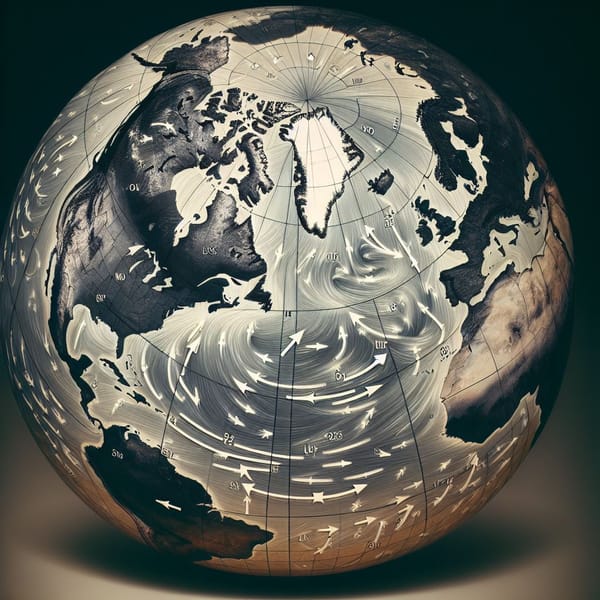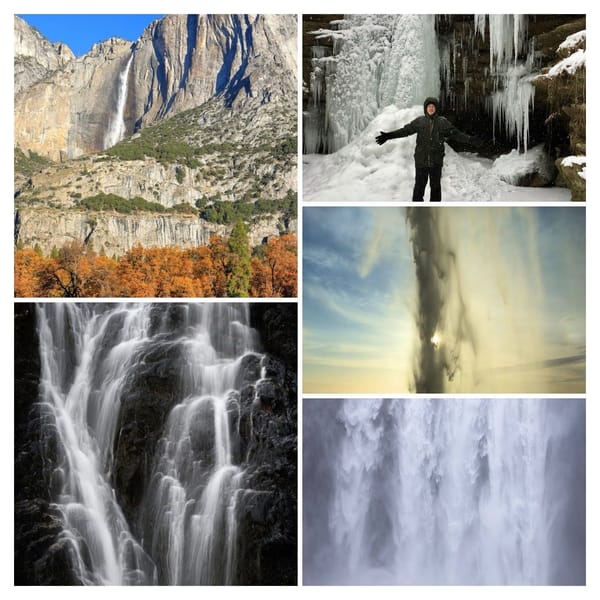This Day in Weather History ~ May 5th, 1816
The May Snowstorm of 1816: An Unprecedented Weather Event in American History: The Year Without a Summer

In 1816, on May 5th, an unusually late winter snowstorm hit the northeastern region of the United States. This event is now cleverly known as the "May Snowstorm of 1816" and is considered one of the most severe weather events. The storm caused extensive scale damage and disruption in Maine, Vermont, New Hampshire and New York, where up to two feet of snow fell.
At the time, the region had been experiencing a cold and wet spring that caused a delay in planting and harmed crops. The situation worsened when the snow hit, with some areas reporting drifts as high as six feet.
Many buildings collapsed due to the thick snow's weight, significantly damaging homes, businesses, and infrastructure. Furthermore, the snow closed roads and telegraph lines, causing disruptions in transport and communication. In addition, farmers lost their crops, and livestock died due to the extreme spring weather.
1816 is known as the "Year Without a Summer." This global climatic anomaly was caused by a series of volcanic eruptions in 1815 that resulted in a drop in worldwide temperatures. The largest eruption was Mount Tambora in Indonesia, which had a sustained cooling effect worldwide due to the huge ash cloud and vast quantities of gas pumped into the atmosphere. This event was not isolated but part of a series of volcanic eruptions at that time.
The May Snowstorm had lasting effects even after the snow melted. In the northeastern United States, many farmers had to sell their land and move westward due to crop failures and food shortages.





